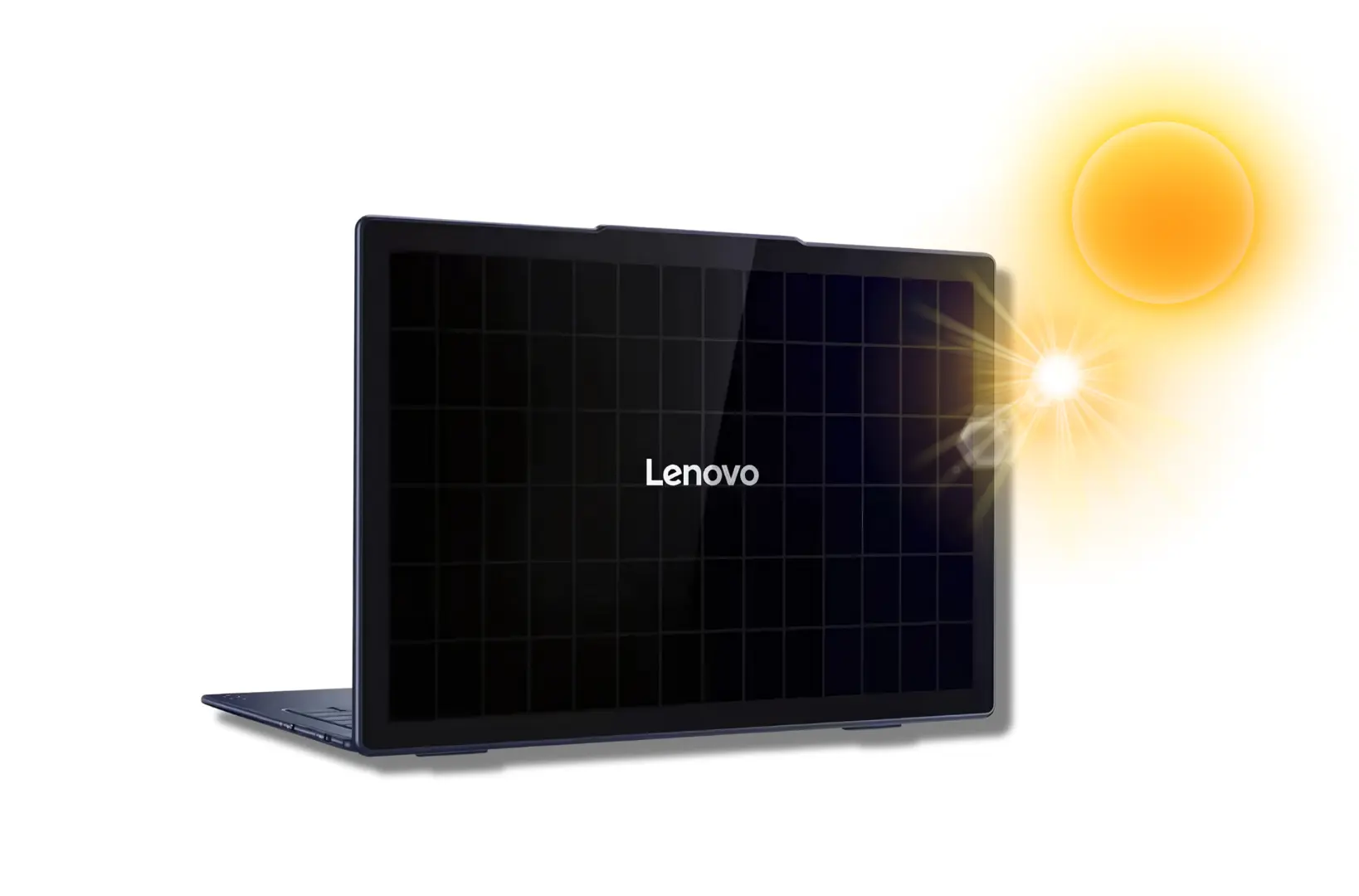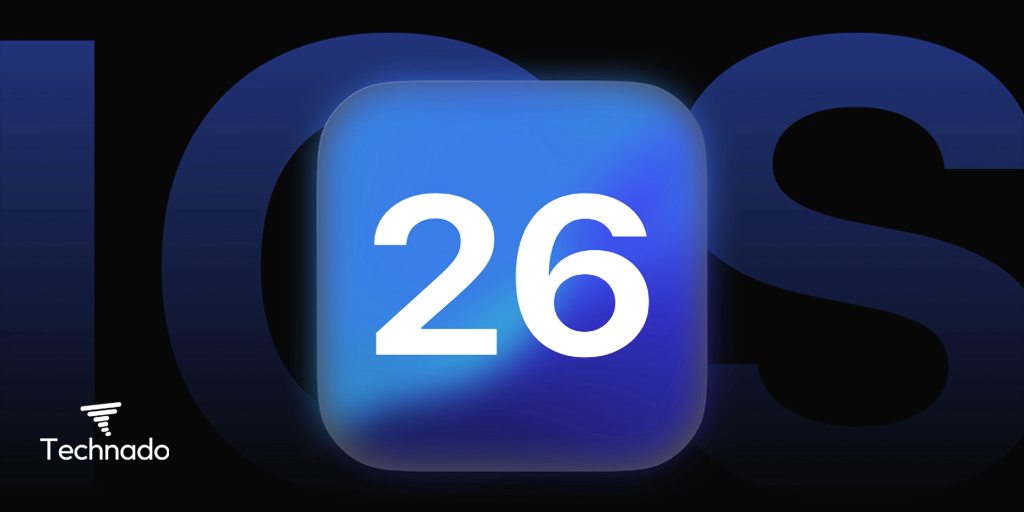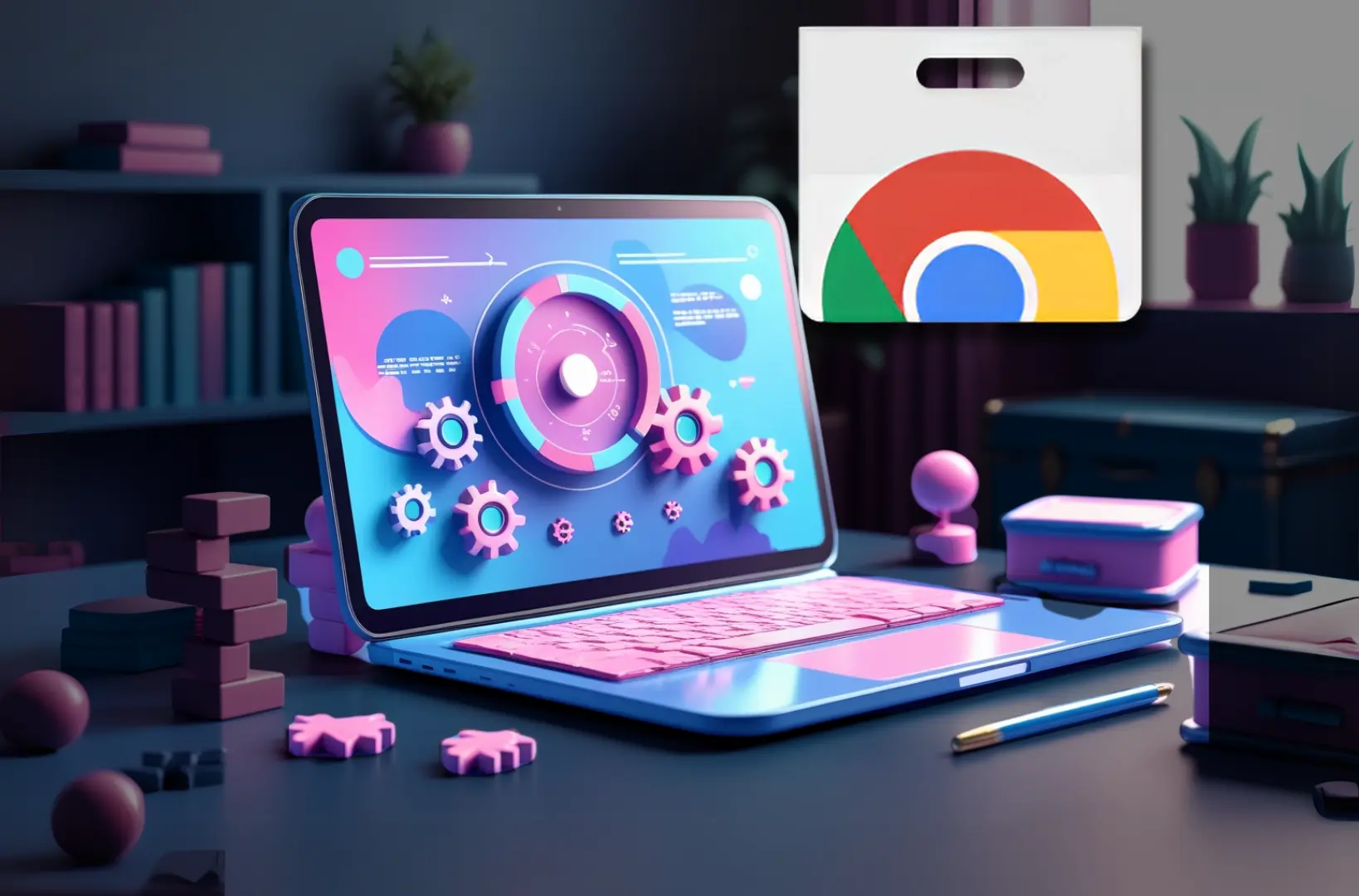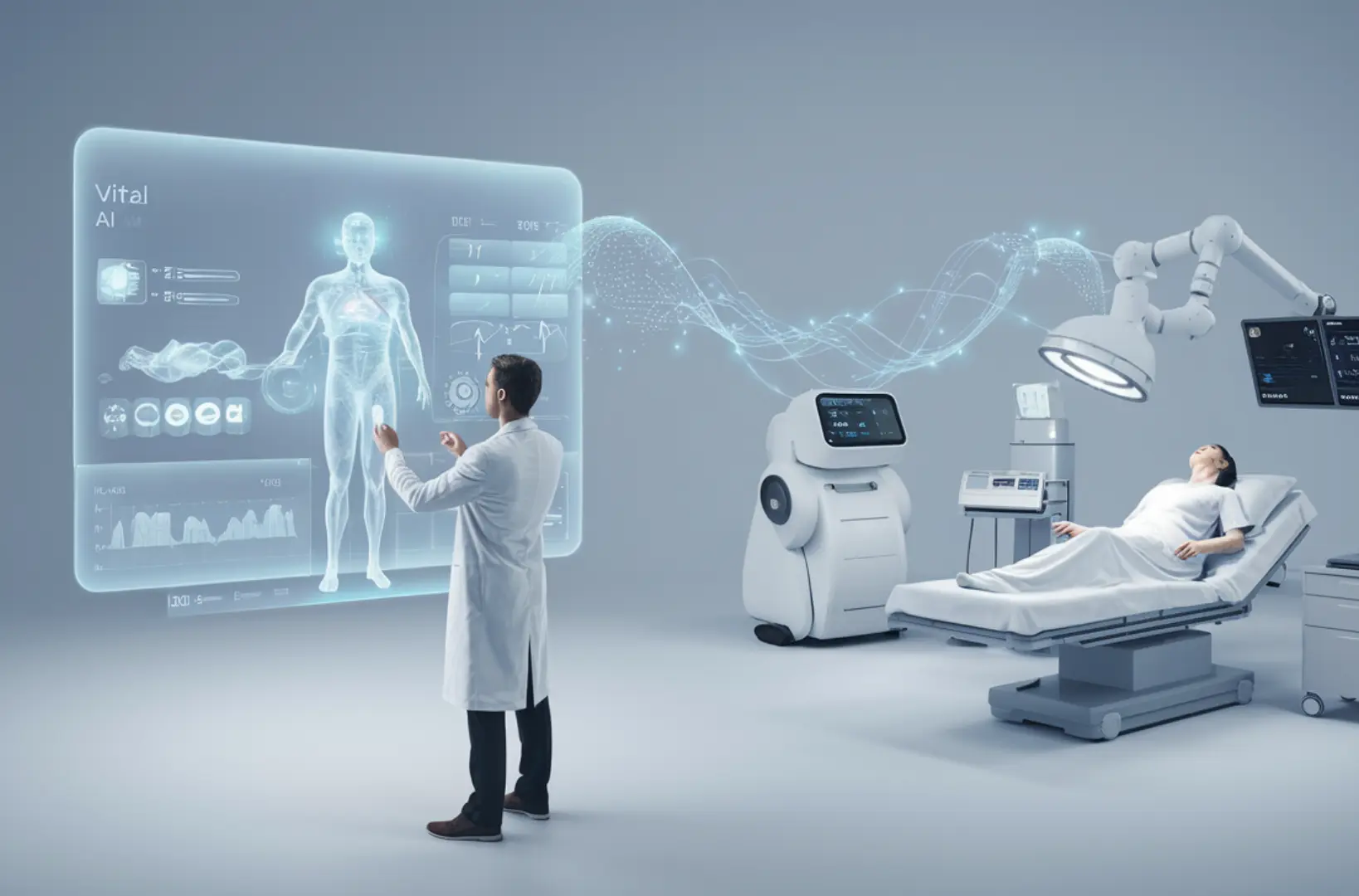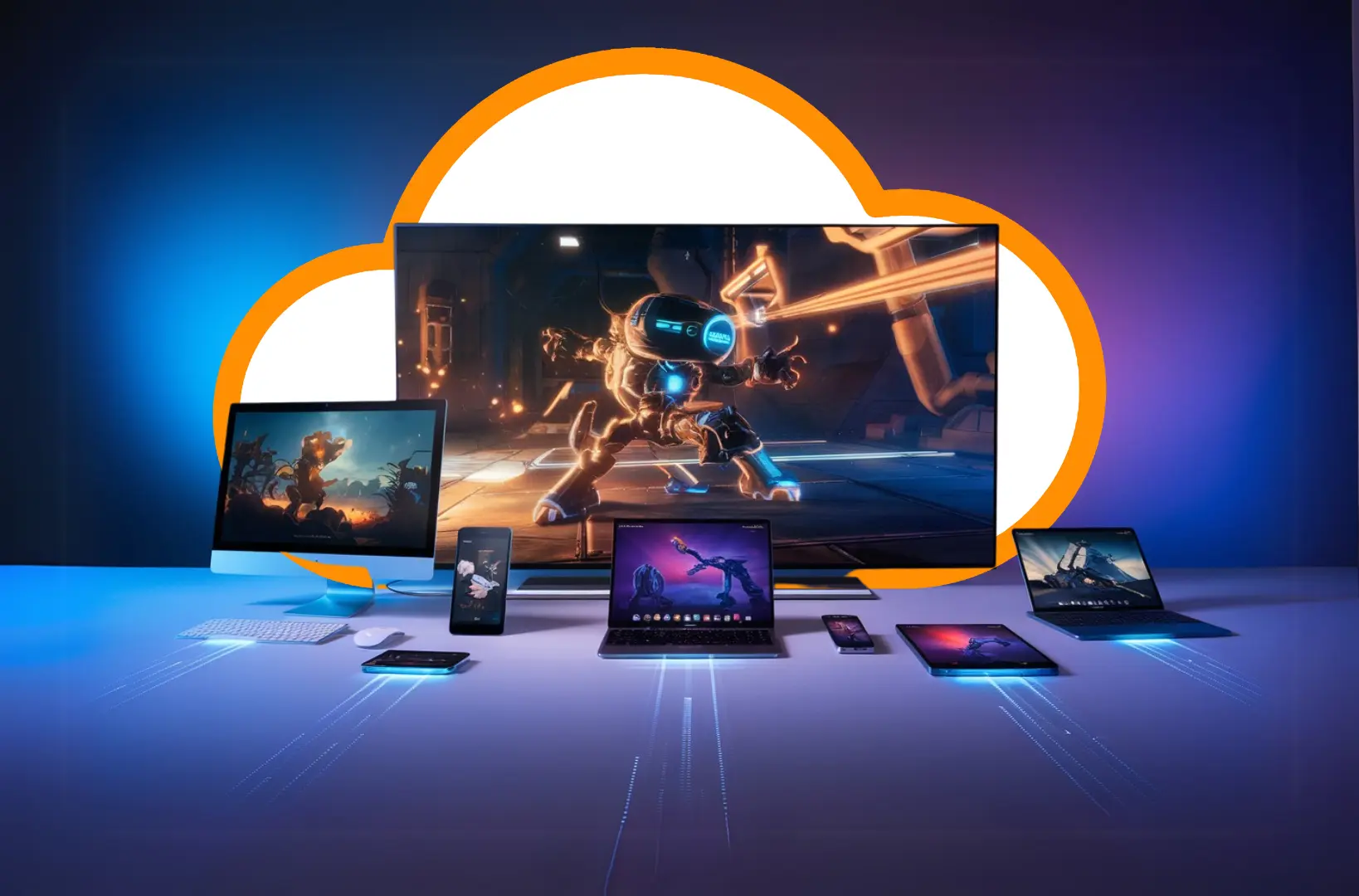Tech is evolving fast, and Lenovo just took a giant leap toward the future with its latest concept laptop—the Yoga Solar PC. Imagine a world where you don’t need a charger, just the sun. That’s exactly what Lenovo is aiming for with this solar-powered laptop, unveiled at MWC 2025 in Barcelona.
For years, solar energy has powered industries like transportation and energy, but integrating it into high-performance computing? That’s next-level innovation. Lenovo’s Yoga Solar PC comes with 84 ultra-efficient solar cells and a Dynamic Solar Tracking system, meaning you can charge it just by sitting in the sun. 20 minutes of sunlight equals one hour of video playback—a game-changer for travelers, digital nomads, and tech enthusiasts.
But does this concept laptop signal the future of computing, or is it just a cool gimmick? In this blog, we’ll break down how Lenovo’s solar laptop works, its specs, and what this means for the future of sustainable tech.
The Rise of Solar-Powered Tech
The trajectory of solar technology, once confined to large-scale energy sectors and niche applications, is undergoing a significant shift. Efficiency bottlenecks, which previously hindered its integration into consumer electronics, are being overcome by innovations like Back Contact Cell (BCC) technology. This breakthrough has paved the way for companies like Lenovo to explore the feasibility of solar-powered portable devices, most notably the Yoga Solar PC.
This initiative marks a departure from the traditional reliance on electrical outlets, aiming to create a more sustainable and energy-efficient computing experience. While solar-powered calculators and smaller gadgets have existed, the integration of solar charging into a high-performance laptop represents a considerable leap. The potential for reduced carbon footprints and increased user mobility is driving this advancement, signaling a new era for solar-powered consumer technology. This move suggests a broader trend towards integrating sustainable energy solutions into everyday devices.
How Lenovo’s Solar Laptop Works
Unlike traditional laptops that rely on battery charging via power adapters, the Yoga Solar PC features built-in solar cells that convert sunlight into electricity.
Key Solar Technology in the Yoga Solar PC
- Back Contact Cell (BCC) Technology:
The laptop’s solar panel consists of 84 ultra-thin BCC solar cells, which are more efficient than conventional photovoltaic cells. This design maximizes light absorption by placing electrical contacts behind the cells, allowing a higher power output. - High Energy Conversion Rate:
Lenovo’s solar cells boast an energy conversion rate of over 24%, significantly higher than consumer-grade solar panels, ensuring better energy harvesting. - Dynamic Solar Tracking System:
This intelligent system continuously adjusts charging settings based on sunlight intensity, ensuring optimal performance even in low-light conditions. - Quick Charging Capabilities:
A mere 20 minutes of direct sunlight can generate enough power for one hour of video playback—a huge leap for solar-powered devices.
This means if you’re working outdoors or in a sunny area, you can keep your laptop charged without plugging it in. For digital nomads, travelers, and professionals in remote areas, this is a game-changer.
Performance & Design: Merging Aesthetics with Functionality
One of the biggest challenges in integrating solar technology into a laptop is maintaining a sleek and lightweight design. Lenovo seems to have cracked this with the Yoga Solar PC.
Specifications at a Glance
- Display: 14-inch OLED screen, 100% DCI-P3 color accuracy
- Processor: Latest Intel Core Ultra series
- RAM & Storage: Up to 32GB RAM and 1TB SSD
- Ports: 3x USB-C (USB4)
- Audio: 4 speakers + 4 microphones for superior sound quality
- Weight: Approximately 1.22kg
- Thickness: 15mm
Despite integrating solar cells, the laptop remains ultra-thin and portable, making it a solid choice for students, professionals, and eco-conscious consumers.
Solar-Powered Laptop: A Sustainable Computing Revolution?
One of the biggest advantages of solar-powered laptops is their potential to reduce carbon footprints. Traditional laptop charging contributes to global energy consumption, and switching to solar power—even partially—can lead to a more sustainable future.
Environmental Benefits
- Lower Carbon Emissions: Less dependency on fossil-fuel-generated electricity.
- Eco-Friendly Materials: Lenovo has hinted at using recycled materials for manufacturing.
- Renewable Energy Integration: Moves us closer to a future where devices are self-sustaining.
For consumers who prioritize sustainability, the Yoga Solar PC could be an ideal choice when it eventually becomes commercially available.
Challenges and Limitations
While the idea of a solar-powered laptop is groundbreaking, it’s not without its challenges:
- Limited Energy Generation: Despite its efficiency, solar charging alone may not be sufficient for power-intensive tasks like gaming or video editing.
- Dependence on Sunlight: If you mostly work indoors, solar charging might not be practical.
- Durability of Solar Panels: Long-term performance of integrated solar panels is still uncertain.
Lenovo might address these concerns in future iterations, but as it stands, the Yoga Solar PC is better suited for casual users rather than heavy-duty professionals.
Is This the Future of Laptops?
Lenovo’s Yoga Solar PC is more than just a concept—it’s a glimpse into the future of computing. As solar technology continues to improve, we may soon see laptops with better energy efficiency, longer battery life, and complete independence from power outlets.
What This Means for the Tech World
- Other manufacturers might follow suit, integrating solar tech into their own laptops.
- Hybrid charging solutions (solar + traditional battery charging) could become the norm.
- Tech innovation will focus more on energy efficiency, reducing overall reliance on electricity grids.
Final Thoughts
Lenovo’s Yoga Solar PC isn’t just a laptop—it’s a glimpse into the future of sustainable computing. While the idea of solar-powered laptops isn’t entirely new, Lenovo’s approach makes it more practical, efficient, and consumer-friendly. If this concept becomes a reality, we could see a world where laptops no longer rely on traditional charging, reducing energy consumption and helping the environment.
However, challenges remain—solar efficiency, durability, and power limitations need improvement before this technology can go mainstream. But if Lenovo, or other tech giants, refine the idea, hybrid solar-powered laptops could be the next big thing. Imagine working remotely without worrying about battery life—just open your laptop under the sun, and you’re good to go.
So, is the Yoga Solar PC the future of laptops? Or is it just a cool concept? Would you buy one? Drop your thoughts in the comments and let’s discuss the future of solar-powered computing!
Suggested Reads:
Zeekr 007: Sub-10-Minute EV Charging with Golden Battery
Startup Tech Stack 2025: Your Ultimate Guide
Frontend Developer Roadmap 2025: Your Complete Guide

Burhan Ahmad is a Senior Content Editor at Technado, with a strong focus on tech, software development, cybersecurity, and digital marketing. He has previously contributed to leading digital platforms, delivering insightful content in these areas.
